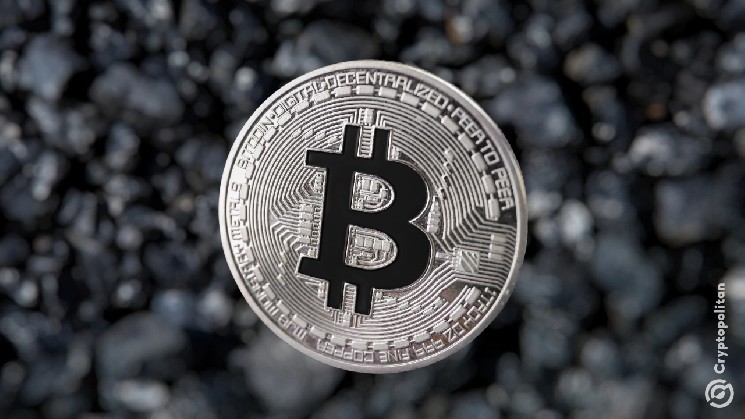Russia looks at coal mines to revive crypto mining industry

Regional authorities in Russia plan to establish digital currency mining facilities adjacent to coal extraction sites to mitigate the downturn in the area’s primary industry.
Officials in Siberia’s Kemerovo Oblast deem this economically viable, with initial hardware investments recovered in just a few years.
Cryptocurrency mining might rescue coal industry in Kuzbass
Per evaluations by authorities in Russia’s Kemerovo region, a cryptocurrency mining operation adjacent to a coal mine could recoup its costs within approximately four to five years.
Economic experts estimate that constructing a new digital currency mining installation, alongside an affiliated thermal power station, would demand about 5 billion rubles ($62 million).
Simultaneously, they anticipate yearly revenues near 1 billion rubles (over $12 million), Kuzbass regional administration head Andrey Panov informed the TASS news service.
Kuzbass, formally called the Kuznetsk Basin, ranks among Russia’s premier coal-producing zones, situated in the Kemerovo Oblast within southwestern Siberia.
Panov’s remarks follow Kemerovo Governor Ilya Seredyuk’s declaration that he will direct relevant agencies to evaluate the practicality of constructing power stations, agricultural greenhouses, and cryptocurrency farms on coal enterprise grounds.
Seredyuk stressed this could decelerate the contraction in local coal output. Both officials’ statements appeared in the Gazeta.ru news outlet this Monday.
Initial calculations indicate that a 4.6-billion-ruble capital injection could yield electricity expenses of 3 rubles per 1 kWh (below $0.03), Panov specified. He added:
“Such effectiveness becomes achievable by consuming merely 50,000 tons of coal annually.”
Analysts conducting these computations assert yearly profits may hit 1 billion rubles, enabling complete initial hardware expenditure recovery within four years.
Russia exploring niche for cryptocurrency extraction
Digital currency production gained legal status in Russia last year. Registered businesses and individual entrepreneurs may now mine freely, subject to tax registration.
Industry legalization triggered a mining surge, later cited as contributing to mounting energy shortfalls and distribution grid failures in regions enticing miners with inexpensive electricity.
Authorities in multiple territories implemented seasonal limitations during high-consumption periods to manage this. Around a dozen regions replaced these eventually with permanent prohibitions.
Despite mining competing for energy with critical sectors—including AI-focused data centers—Russia maintains commitment to Bitcoin extraction.
The enormous nation holds competitive edges in this sector, like colder temperatures and copious energy assets such as hydrocarbons and nuclear capacity.
In May, Russian Deputy Energy Minister Evgeny Grabchak proposed that cryptocurrency miners transfer to territories having surplus generation capacity for reduced power rates.
He indicated northern deserted oil wells could provide such settings, noting miners might additionally use currently idle transmission networks.
Later in May, Far East and Arctic Development Minister Aleksey Chekunkov suggested directing surplus natural gas—curtailed in European shipments—to domestic cryptocurrency miners.
KEY Difference Wire empowers crypto enterprises to secure rapid media prominence
Source: cryptonews.net



